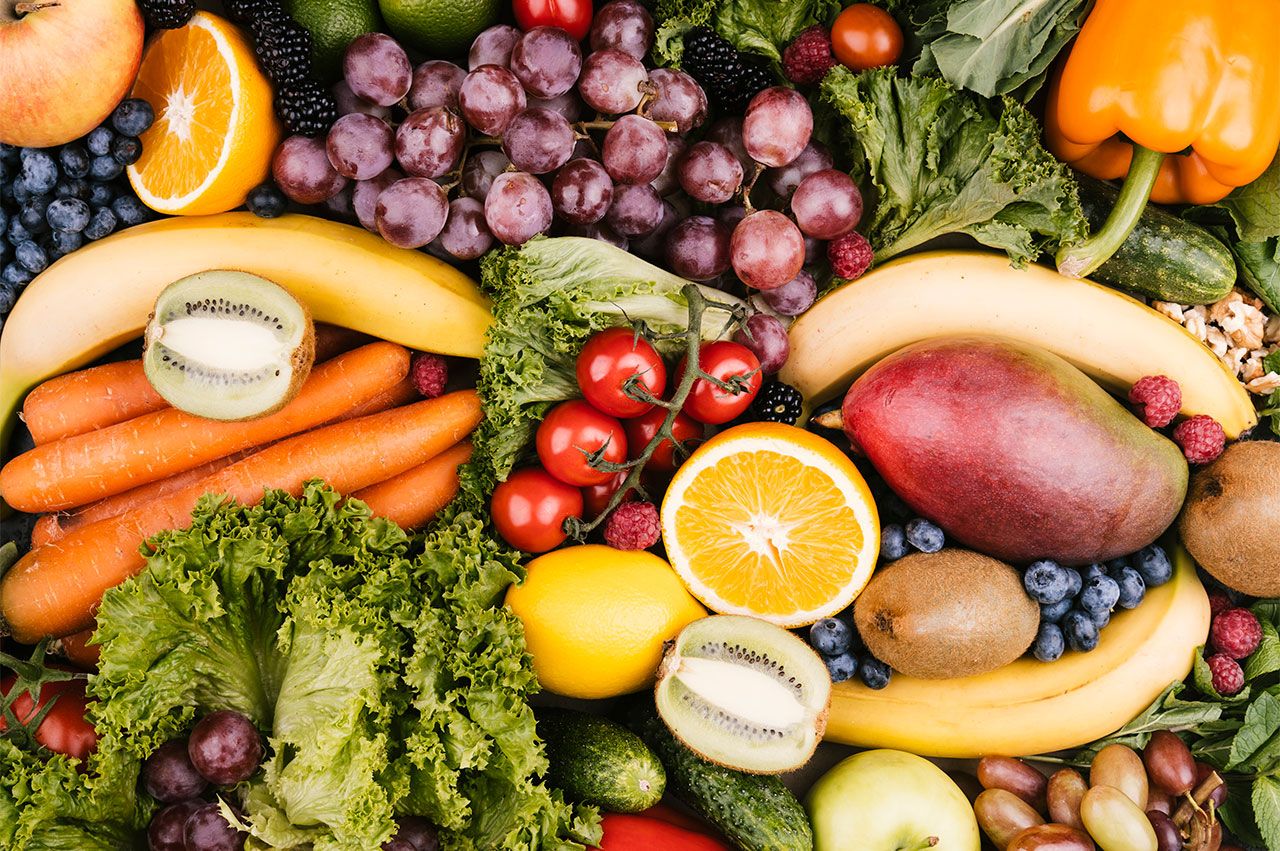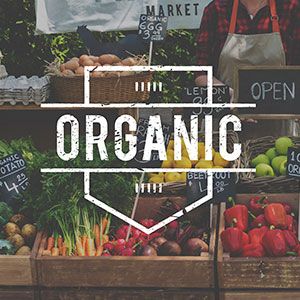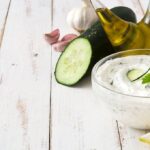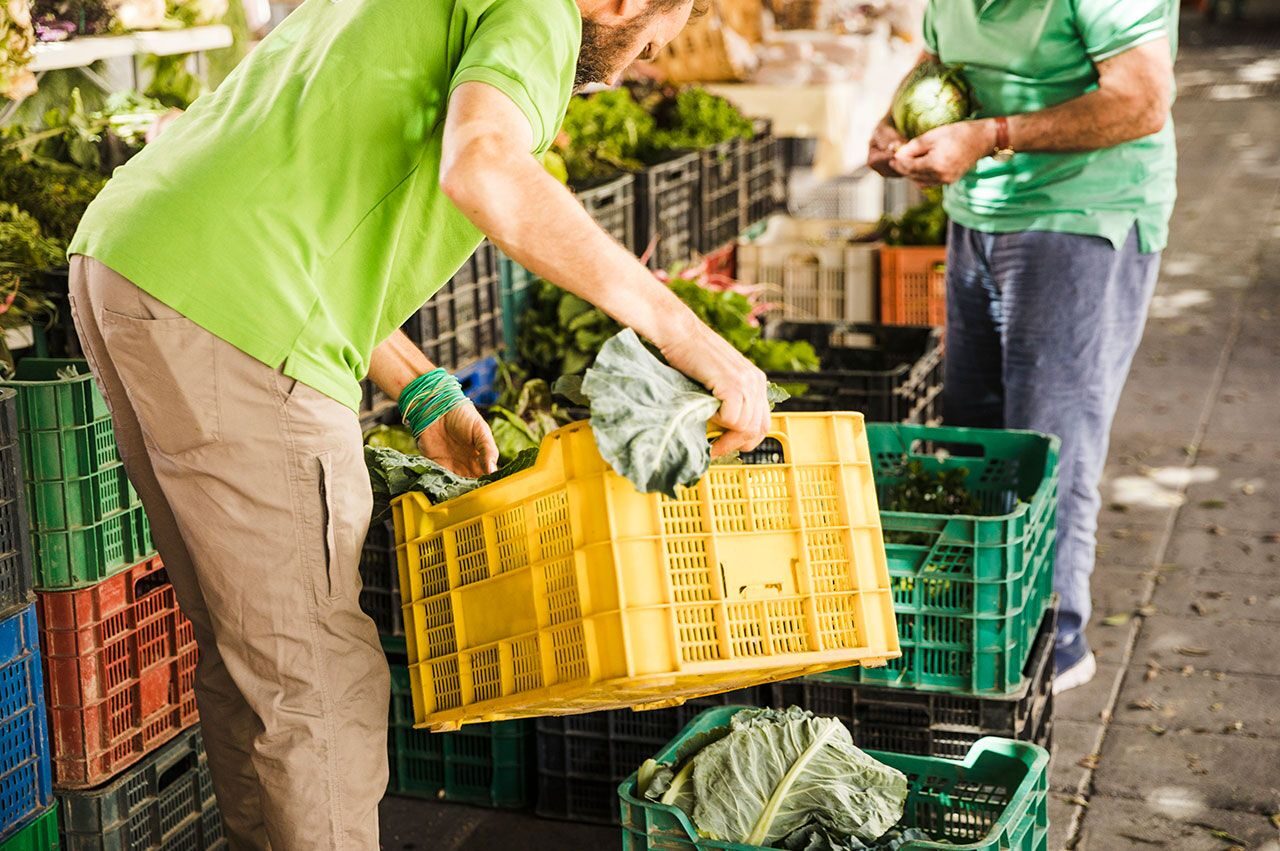The last decade shows the demand for Organic Food is growing nearly 20% every year. According to the U.S. Department of Agriculture, sales of Organic Food are soaring from $3 billion in 1997 to more than $10 billion in 2003.
Experts’ predictions are that the demand will grow from 20 percent to 25 percent by the end of 2020 and expected the industry’s share of the U.S. food market to grow from about 2 percent to roughly 3.5 percent.
In fact, the demand for organic food is growing faster than consumer demand is outstripping some domestic supplies. One of the main reasons is the number of independent studies that show the negative effect of conventional foods made with GMOs.
This transforms the organic food movement into a valuable business as well as an important diet. One great example is Costco, the second-largest wholesale retailer in the United States has become the biggest seller of organics. This also leads to a number of innovations and creativities such as an example is Urban Homestead in which the Dervaes Family found a way to grow on a tenth of an acre over 6,000 pounds of organic food.
According to the USDA, the United States now spends more than $1 billion a year to import organic food, and most of the imported organic food is brought from the European Union, where more than 140,000 farmers are growing organic produce on 12.6 million acres of land.
For comparison, according to the USDA’s Economic Resources Service, about 10,000 American farmers have made the transition to organic food production on about 2.3 million acres of land.
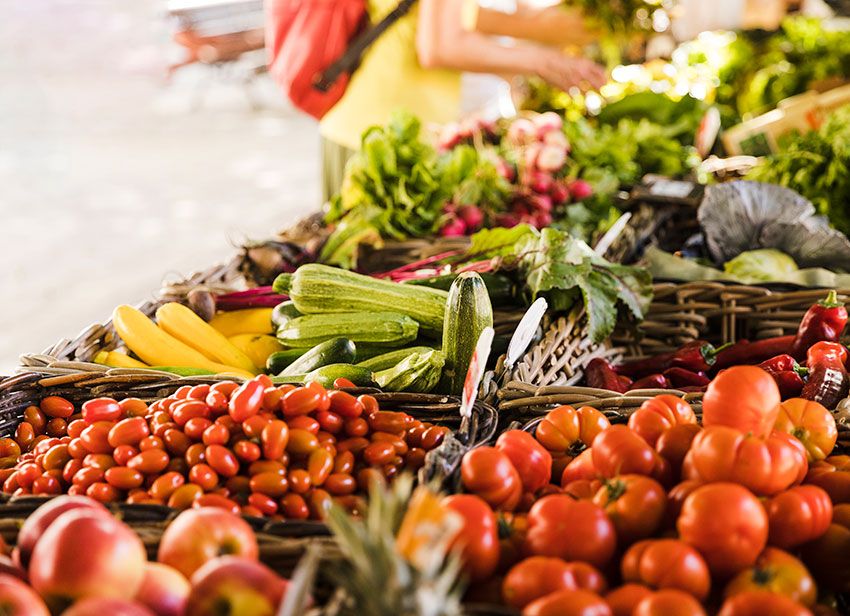
“It’s a system, and it takes a while to convert” to organic farming, said Greg Bowman of the Rodale Institute in Pennsylvania.
“But, farmers are watching their neighbors convert, going to field days, and they’re seeing that it can be done.”
The Demand for Organic Food is High
Based on the organic community reports, the demand for organic food has already surpassed our current domestic supply.
And the biggest question is why since there is such a high demand for organic food fewer U.S. farmers made the changes in farming methods that allow them to market their goods under the USDA’s organic label?
The requirements to meet the organic standards, farmers must abandon the use of growth hormones, synthetic pesticides, and antibiotics and improve soil quality.
According to Bowman there has been a long-standing interest in organic farming in the Bay states, and that the number of Bay farmers practicing organic agriculture was accelerated by the passage in 1990 of a federal law directing the USDA to create the now familiar organic label.
Peter Miller of Organic Valley, a cooperative of farmers, said “there often is a production decrease associated with the transition” to organic methods of farming.
Most of the U.S. farms that grow organic are small and depend on collecting the seed from past crops to grow the next. Hundreds of U.S. farmers have closed down due to lawsuits against them filed by Monsanto.
As reported by The Guardian, the reason for these lawsuits are farmers violate existing patents on seeds.
“Save Our Seeds” campaign expert Debbie Barker does not agree with.
“Corporations did not create seeds and many are challenging the existing patent system that allows private companies to assert ownership over a resource that is vital to survival and that historically has been in the public domain.”
The Transition to Organic Farming
For many farmers, the costs of a three-year “transition” period – when yields and, consequently, farm sales fall – outweigh the benefits of the “premium” they will ultimately earn. But most farmers see their yields rebound after the transition period is completed to organic farming, Bowman said, and many farmers can keep yields high during the transition but only through careful soil management and crop selection.
USDA studies show, that the costs of organic production can be lower because not the use of pesticide applications but in some parts of the country, the revenue can fall by more than $100 an acre. For example, according to a 2001 study by the Northeast Organic Farming Association found that during transition milk costs fell by 7 percent, but that milk yields fell by 29 percent.
Farmers typically recoup these losses, once farmers are able to charge the “premium” for organic products.
According to the 2001 study, revenues on organic dairy farms were about 2 percent higher than revenues on conventional farms.
To stimulate this transition to meet the demand for organic food some cooperatives like Organic Valley and Horizon come with ways to help small farmers such as making small “transition” payments to help farmers make the switch. Other states are using USDA conservation funds to reduce the cost of making the transition to organic farming practices.
Rodale’s Bowman thinks such payments are justified when “public dollars are buying healthy farms, healthy watersheds and healthy food and communities.” He also said, that it would have enormous potential to reduce the amount of nitrogen and phosphorous being washed off farm fields, due to increasing the number of well-managed organic farmers in the Bay watershed.
According to Miller of Organic Valley, the transition requires learning the details of organic farm management.
Many organizations and cooperatives provide technical assistance such as soil and water conservation districts, extension agents, crop consultants about the details of organic farming.
It’s clear that the part of farmers that go organic has been well-received by the American population. A change to the industry, such as culinary trends the 100-mile diet, and farm-to-table restaurants are putting pressure on non-organic producers.
From Exporters to Importers
The U.S. country was once the biggest exporter of organic food now spends more than $1 billion per year to import organic produce to mean the demand for organic food. It is important to note that the imports have decreased due to many conventional farmers have switched over to organic farming. But this transition takes time to complete and usually takes an average of three years of losing money before a profit can be made.
The good news here is that the movement has started and if the organic community’s movement stays on track and implementing all the organic farming innovations to sustain populations, the supply will soon be eventually and even surpass the demand for organic food. This will lead to another good side of this movement that – the prices for organic food will go down.
Check our other blog posts to learn more about the benefits of eating organic produce.
